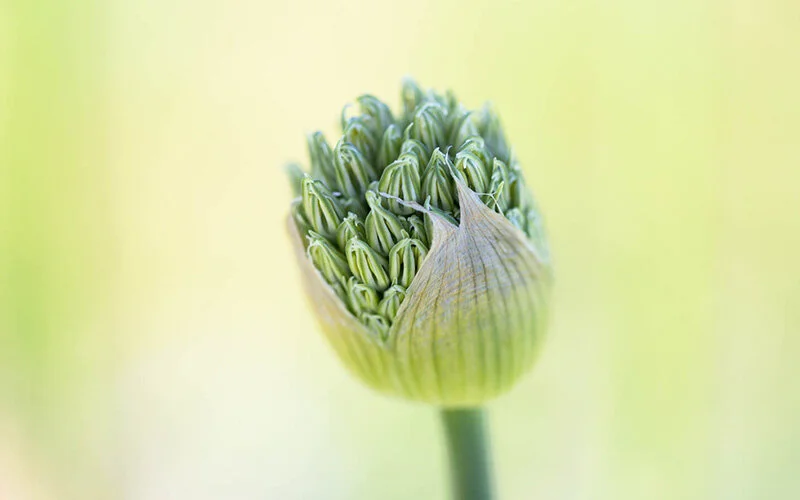Part 3 Lesson 2: quality of light
Light quality - hard or soft?
Have you ever thought about the quality of the light you're using?
If you were a painter or a sculptor, you'd want to use the appropriate quality of paint or stone for the art you were creating. It's the same with photographers. We know that all light has different qualities, and we are always on the search for the best quality light.
What's the best light? It depends (of course) on what you're trying to achieve.
Hard light is direct, midday sun blazing down casting hard, contrasting shadows. Or being in the full glare of a spotlight.
Soft light is the indirect daylight you get from a north facing window, or sunlight filtered through high clouds.
Of course light quality is on a spectrum from hard to soft, but you need to be able to recognise what you're working with, and to control it if needed.
For most photographers, the best quality light will be at the softer end of the spectrum. But that might change, depending on what they want to achieve with any particular photograph.
How to recognise hard light and soft light
Just look at the shadows. Hard light casts hard shadows. Soft light casts soft (or no) shadows.
In the first image above the vase was lit by direct sunlight next to a window. In the second image, the sun had popped behind a cloud briefly.
Here's another example.
The same set up, next to a window - the first in direct sunlight and the second with diffused sunlight (sun behind a cloud):
Which do you prefer? There's no right answer, but can you see that each image has a completely different feel? Where are your eyes drawn to in each photo? For me, I look at the hard shadow in the left image first, rather than going straight to the flowers.
Once you've got used to looking to the shadows to see the quality of the light you have got to work with, you can start paying attention to the effect hard and soft light has on your subject.
Have a look at this photo of an allium emerging:
What can you tell about the quality of light? It's a decent enough photo, but because it was taken around midday in bright, direct, hard sunlight, it is a very harsh image.
Compare it to this photo:
Would you believe me if I told you it's exactly the same allium, in exactly the same spot, taken 15 seconds after the first one? And that I changed nothing apart from the quality of the light?
I didn't move, I didn't change my aperture, I didn't do anything apart from this:
All I did was change the quality of light from hard to soft, from direct to indirect. I stuck my hand in the way so that it cast a shadow, and in a stroke, changed the entire feel of my finished image.
Garden and flower photographers virtually never shoot in direct sunlight. The quality of midday sunlight doesn't create the kind of image we typically prefer. You might think that a bright sunny day will make cheerful photos, but in fact all it does is produce tons of hard shadows, and hard colours.
(Note - holding the camera one-handed is unstable and not to be recommended. Get a friend to cast the shadow.)
THIS WEEK'S PROJECT
Spend the day or the weekend collecting different types of shadow - from hard to soft and everything in between. Start with naturally occurring ones, and then try creating your own. Use both natural and artificial light, and try different diffusers - something you place between the main light source and the subject, to break up hard shadows.
Don't forget to turn your flash off, unless you're deliberately using flash as your light source.
1. If you want to share in the app, join your start date’s group (eg. “June 2020”) and share there.
2. On Instagram, share with the hashtag #AYearWithMyCamera and the date for your start, eg. #AYWMCNov2020.
The workbooks
I can’t fit all of the suggested projects in these weekly lessons. The workbooks have extra things to try if you have time. Search “A Year With My Camera” on your local Amazon store or click here to download a trial chapter:








